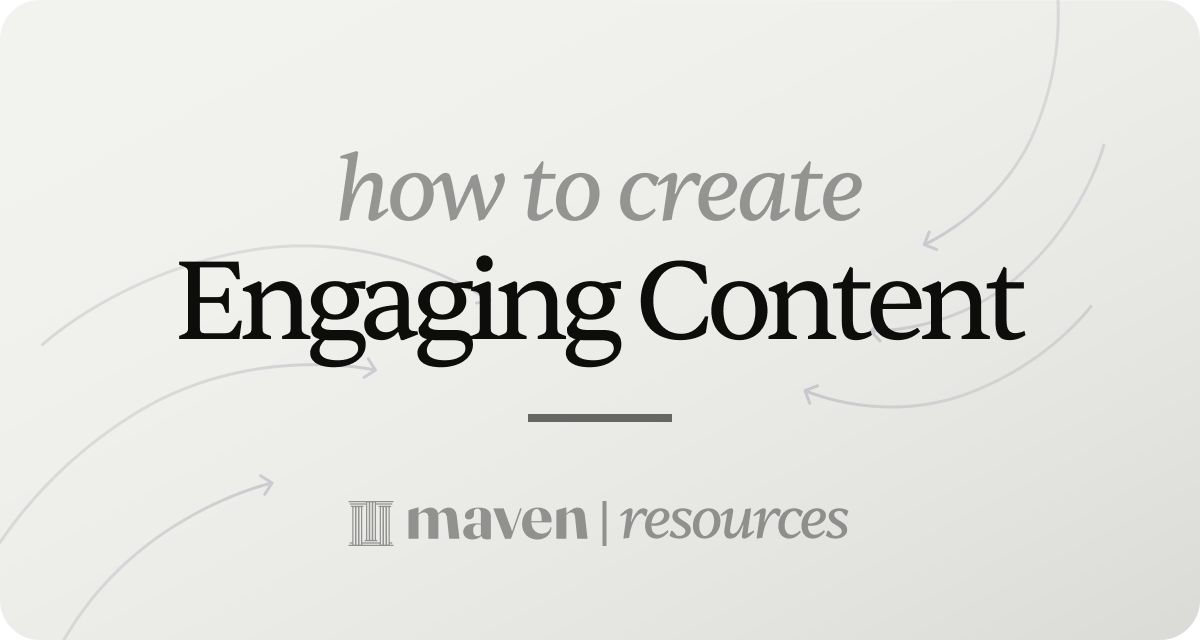How to turn your insights into a framework


- Recall information
- Give structure to abstract ideas
- Share your knowledge with others
1. Pick a problem people often ask you about
2. Think about your system or approach to solving this problem
3. Play with different visualizations
- Steps (Sales funnel)
- Venn diagram (Ikigai)
- Hub and spoke (in logistics)
- Matrix (SWOT, Eisenhower Matrix)
- Flywheel (Nir Eyal’s Hooked Model)
- Canvas (Course Mechanics Canvas)
- Acronyms (SMART, BATNA, SUCCES)
- Pyramid (Maslow’s Hierarchy of Needs)
- Triangle (Project Management Triangle)
- Hierarchy (Minto framework, decision trees)
- Concentric circles (Concentric Circles of Customers)
- Graphs & curves (Crossing the Chasm, J-Curve of Habit)

4. Acknowledge when you’re borrowing from others and give credit
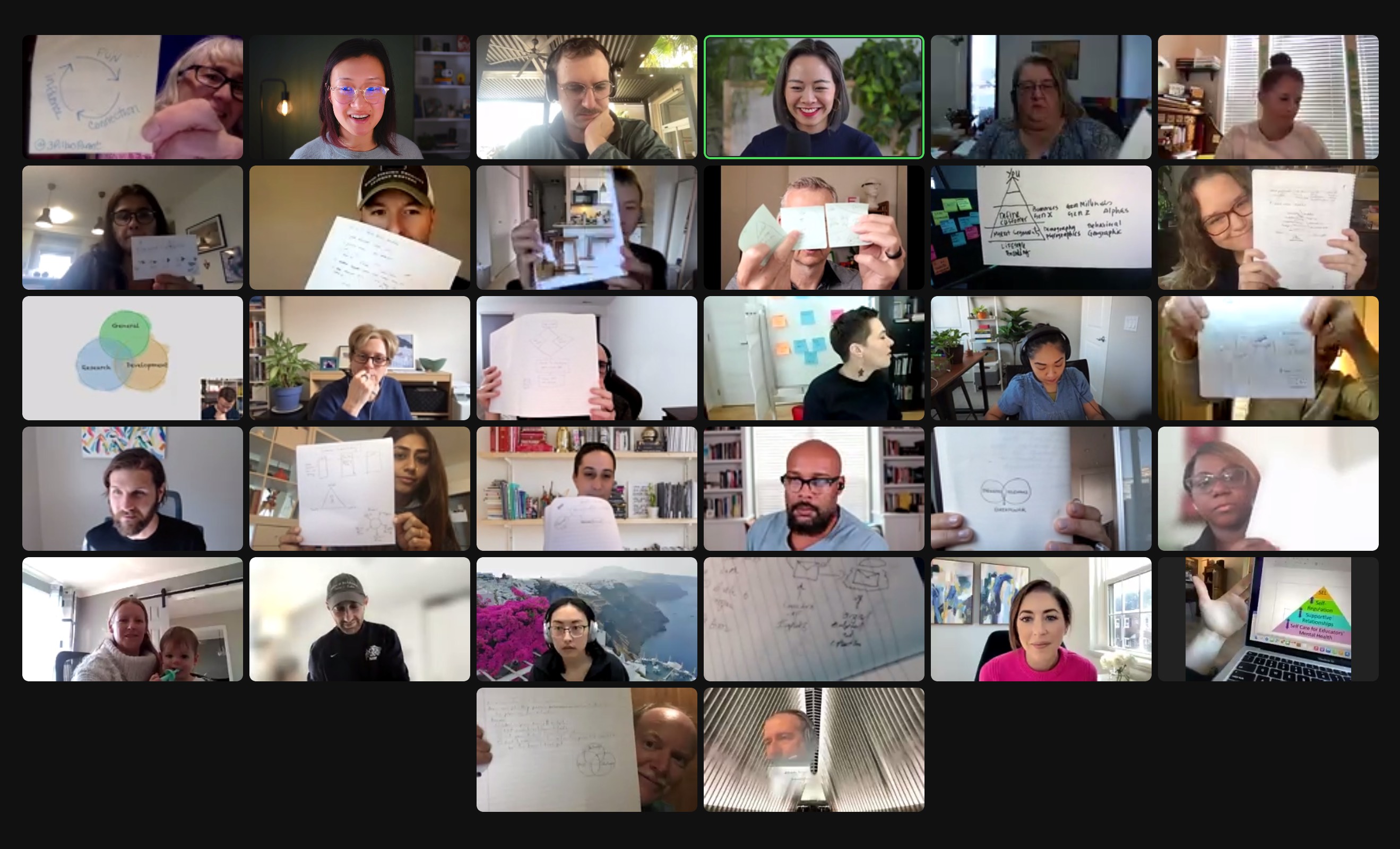
Related Courses
Thinking in Visual Metaphors
Make your ideas stand out with visual thinking.
Board Paper Bootcamp
Learn to crystallize the messaging for papers and presentations with minimal rework for you and your team.
Decision Making like a Pro
Master the most powerful decision making protocols through proven tools, practical frameworks, and real-world applications
Deliver Breakthrough Product Ideas Using Structured Frameworks With GenAI
Utilize proven creative thinking techniques with GenAI as a catalyst to overcome mental blocks and constraints to build robust product plans
Map Your Book
Refine your idea and plan your nonfiction book chapter-by-chapter to get unstuck, find inspiration, and write a book that sells.
Gaining Influence Through Your Presentations: Technical Professionals
Elevate your presentations. Inspire your audience. Sell your ideas. Build your brand. Transform your career.
You might also like
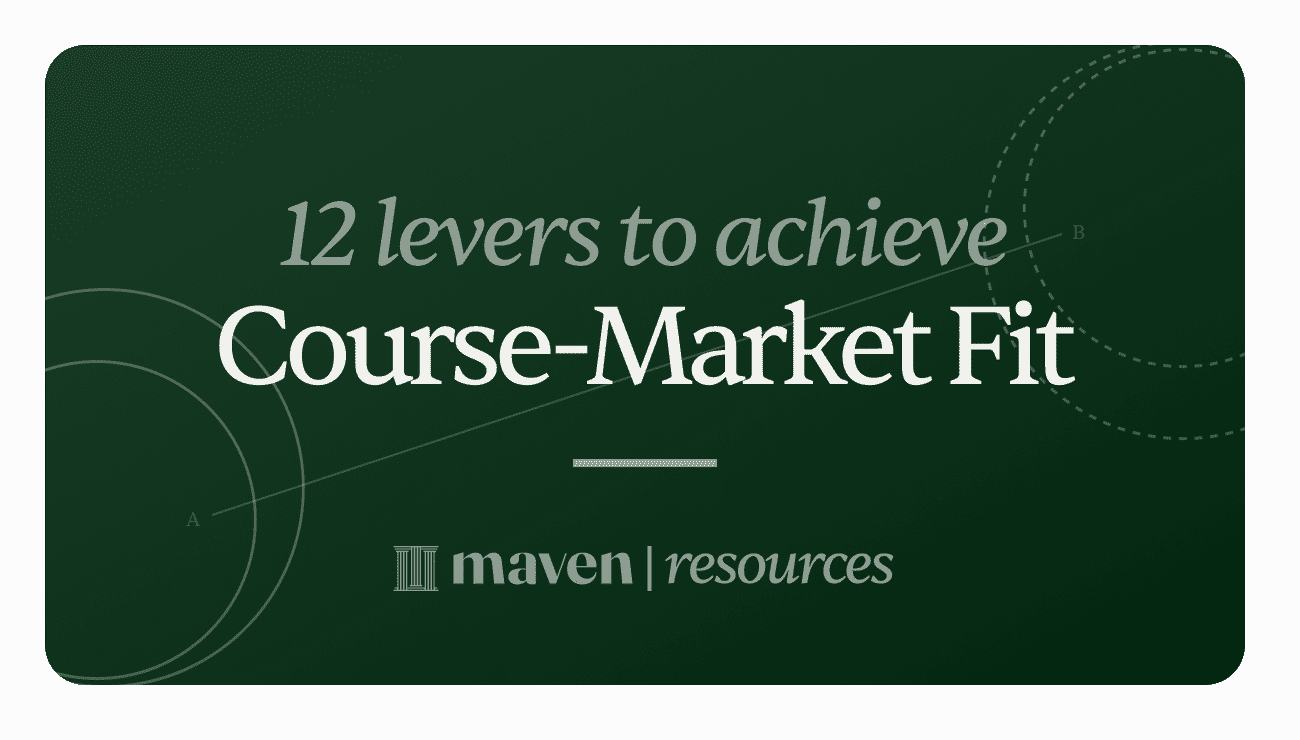
Course Mechanics Canvas: 12 levers to achieve course-market fit

Super Specific How: A proven method for impactful learning
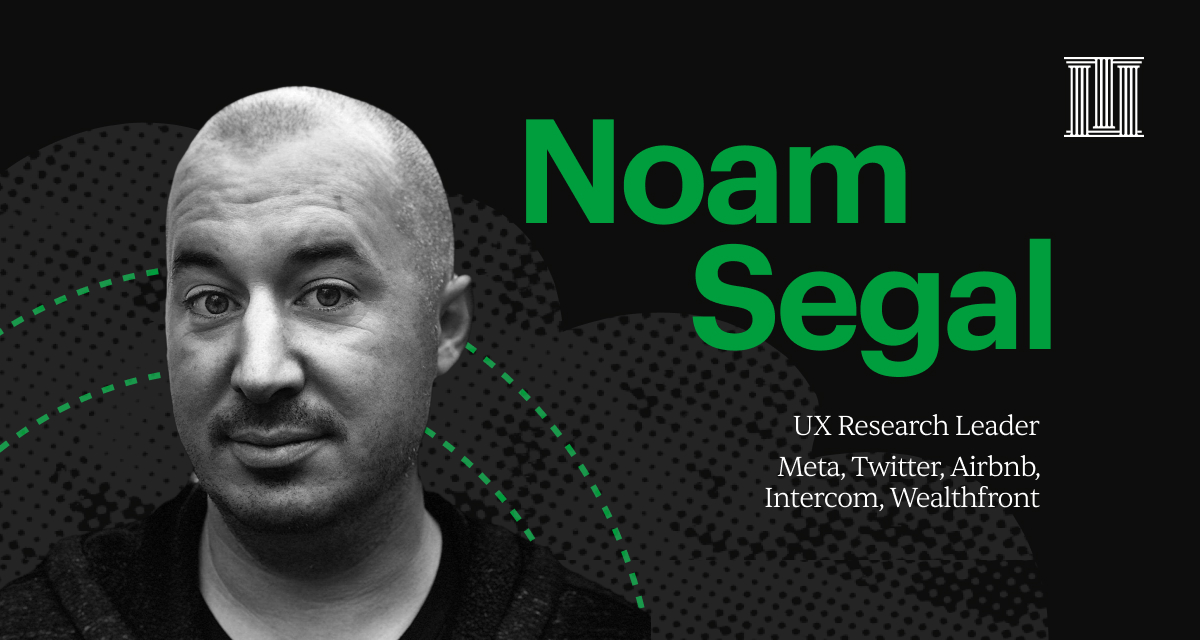
Noam Segal: How teaching a course can accelerate your career

How Christian Wattig built a successful online course and boosted his career
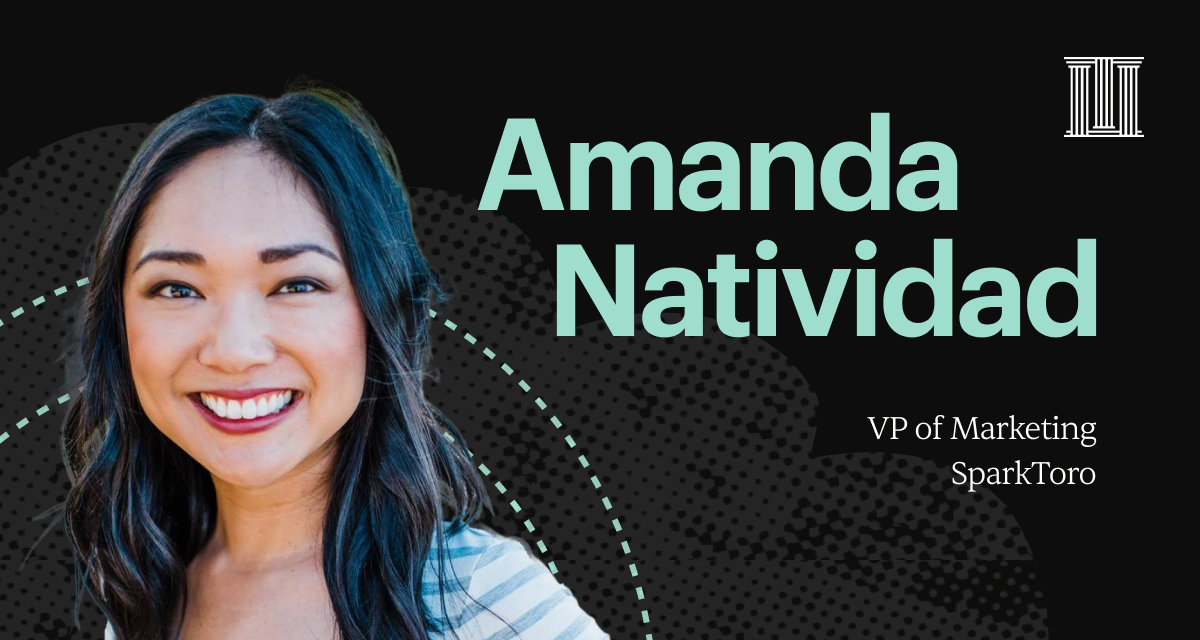
Amanda Natividad: How she became a content marketing powerhouse
